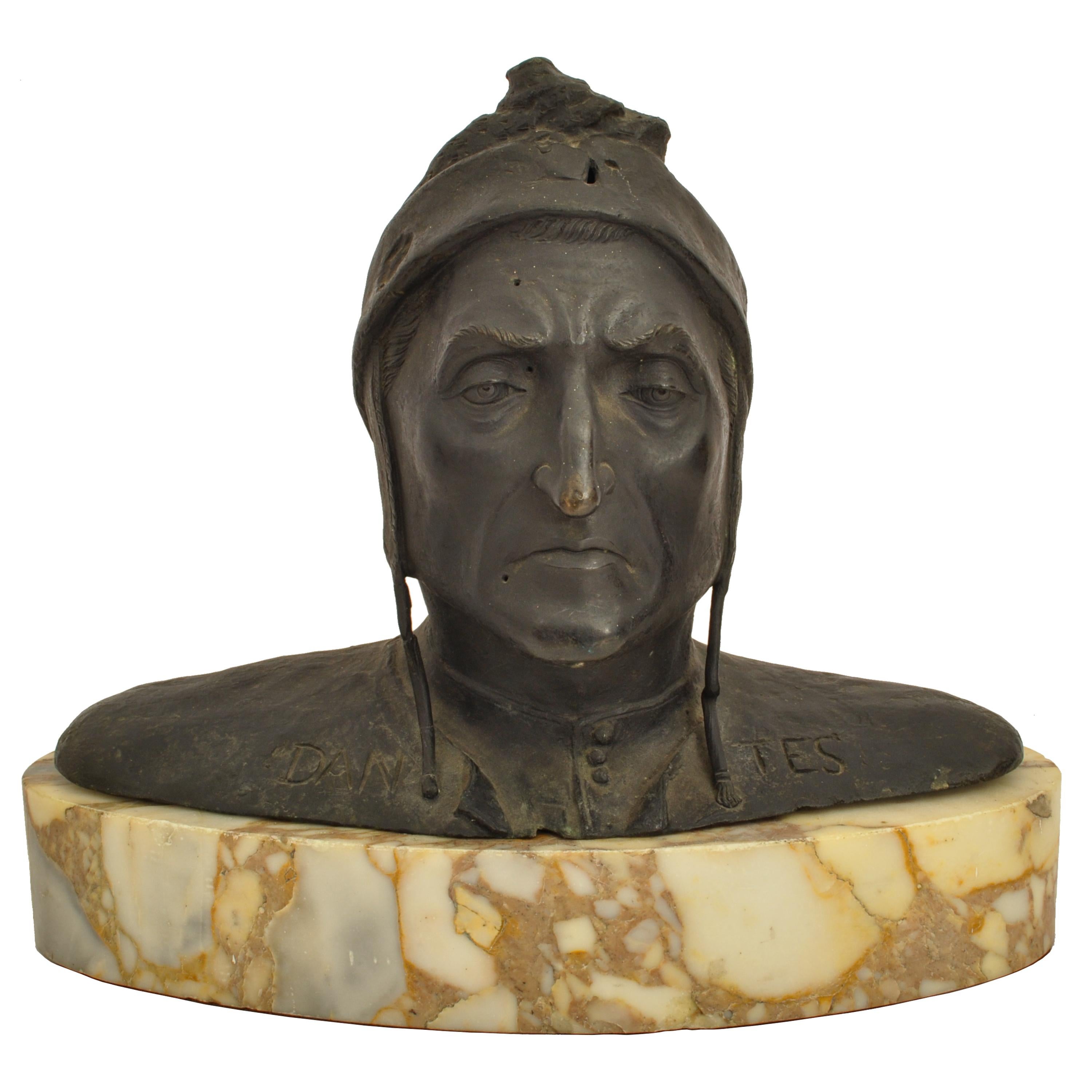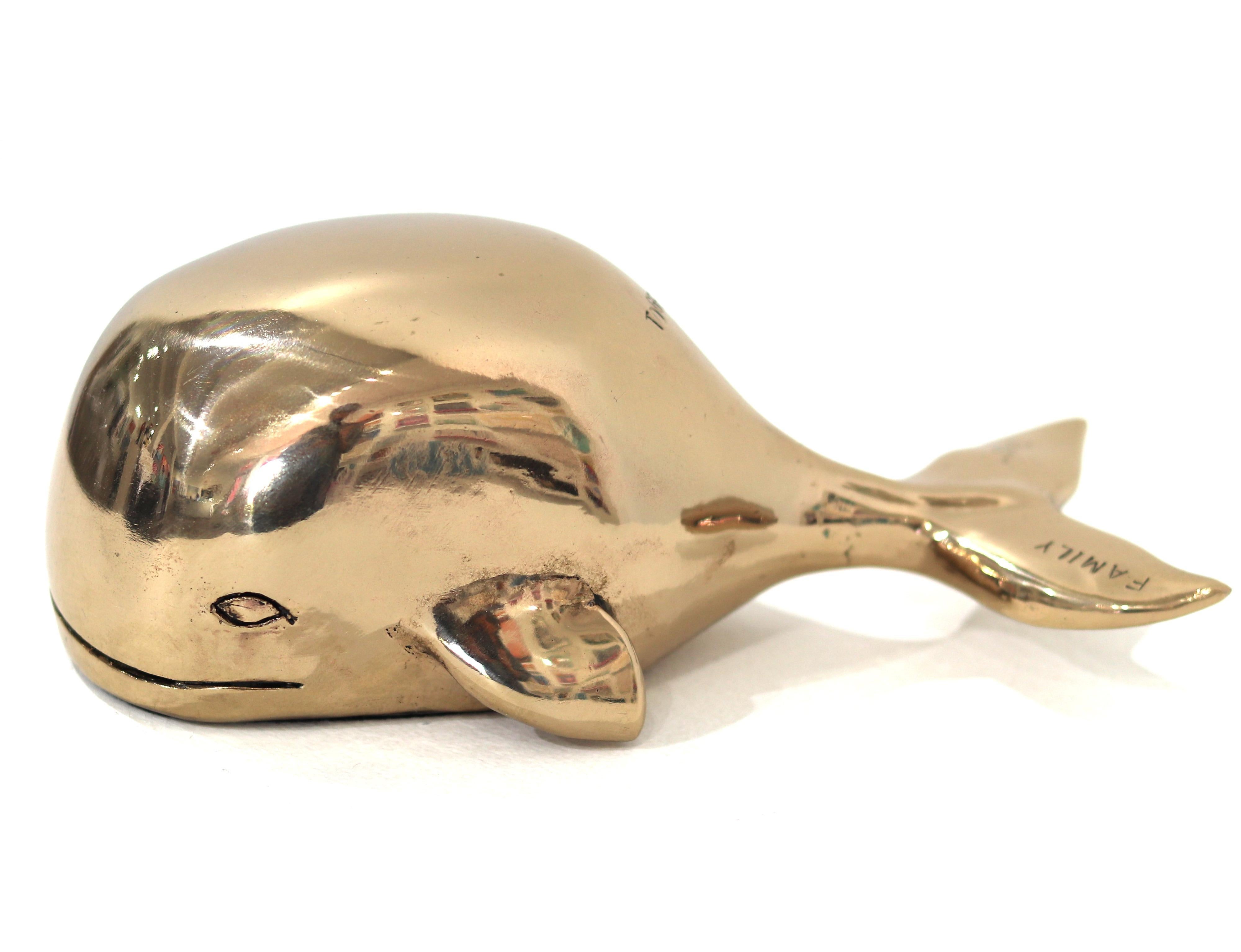Items Similar to Don Quixote
Want more images or videos?
Request additional images or videos from the seller
1 of 2
Agenore FabbriDon Quixote
About the Item
Fabbri was born in Quarrata (Tuscany). At the age of 12, he attended the Scuola d'Arte in Pistoia and then, under the instruction of the painter Fabio Casanova, he decided to embark on an artistic career and created his first sculptures, mainly using the wax and plaster.
In 1932 Fabbri, in order to continue his education at the Accademia di Belle Arti, moved to Florence where he frequented the artists' Caffè Giubbe Rosse, meeting point for the intellectuals known as the Ermetici Group (Eugenio Montale, Carlo Bo, etc.) and also came into contact with the painter Ottone Rosai and the poet Mario Luzi. At the end of the year he moved to Albisola (Savona), where he worked in the La Fiamma (The Flame) ceramic workshop and created his first terracotta sculptures, mainly biblical figures.[1] In 1933 he made friends with Tullio Mazzotti (better known by the name of Tullio d'Albisola), who owns the Giuseppe Mazzotti (Tullio's father) ceramic factory in Albissola Marina. It is here that the most significant artists of the second generation of Futurism worked under the patronage of Filippo Tommaso Marinetti: Fillia, Antonio Sant'Elia, Nicolaj Diulgheroff, etc. Later he established a small studio and came into contact with Arturo Martini and Lucio Fontana with whom he began a friendship until Fontana's death (1968).
In 1935 participated in the Mostra Nazionale in Naples while in 1938 received the Bagutta-Spotorno Award for the bronze II piccolo pescatore (The Little Fisherman), which was bought by the Museum of Modern Art, Milan on the advice of Arturo Martini. In the early 40s, Fabbri made his debut with his first solo exhibitions at the Gian Ferrari Gallery, Milan (1940) and then in Bergamo and Savona but shortly World War II and military service interrupted his career and he was sent to Yugoslavia and Greece.
In 1946 took up residence in Milan and during the summer months worked in Albisola, in the Mazzotti ceramic factory, where all his most significant terracotta sculptures were created. In the years after the War, Albisola again became a centre for art of international importance where Marino Marini, Giacomo Manzù, Aligi Sassu and Karel Appel, Guillaume Corneille and Asger Jorn from the COBRA Group, as well as Roberto Matta and Wifredo Lam worked. Later artists such as Giuseppe Capogrossi, Roberto Crippa, Gianni Dova, Emilio Scanavino and the young enfant prodige Piero Manzoni also arrived.
In 1947 he had his first meeting with Picasso in Vallauris and created terracotta and ceramic works such as Donna del popolo (Lady of the People, name given by Picasso himself), Uomo colpito (Struck Man) and La madre (The Mother).
In 1956, invited by the Chinese Government, he travelled to China for three months with Antonietta Raphael Mafai, Giulio Turcato, Aligi Sassu and others. His work was greatly influenced by this journey over the next few years. From 1958 onwards he made his debut on the international scene with solo exhibitions in the United States, New York City and Philadelphia, and in Europe, London, Paris, Stockholm, Rome and Milan as well as he was invited to numerous national and international group exhibitions of sculpture all over the world: the Venice Biennale in 1952 and 1960 (both with a solo room) and those of 1959 and 1964, as well as the Rome Quadriennale and then in Antwerp, Madrid, Paris, Zurich, Athens, The Hague, Munich, London, New York City, Boston, Tokyo, Sao Paulo, Mexico City, Cairo and Alexandria in Egypt.
In 1965 Fabbri was voted into the Accademia Nazionale di San Luca, Rome and in 1967, he illustrated ten poems by Nobel Prize Salvatore Quasimodo who, after a long friendship, had dedicated an open letter to Fabbri which was published in the Italian weekly magazine Tempo on the occasion of his solo exhibition at the Borgogna Gallery, Milan.
In the 80s his work was exhibited mainly in Germany with major retrospectives at the Lehmbruck Museum, Duisburg, the Ludwig Museum, Cologne, the Sprengel Museum, Hannover and the Fellbach Triennial. In 1984, the Spanish poet Rafael Alberti, who had been a friend of Fabbri's for many years, wrote forty poems about his work; at the same time, a book and a documentary film featuring both artists was produced while in 1991, as a designer for Tecno Milan, he created a bench that is still widely distributed in Europe and America.
In his career Fabbri received awards including the International Sculpture Award, Cannes in 1955, the International Sculpture Award, Carrara in 1959, the First Prize at the Mostra d'Arte Sacra, Trieste in 1966 and those of the Triennale di Milano where he was appointed with two Gold Medals and the Grand Prix for Ceramics. In 1998 he was elected President of the Accademia Nazionale di San Luca. On 4 August, Fabbri was abruptly hospitalized with a brain haemorrhage and died 7 November in Savona.
Work
At his beginnings, in the 30s and the 40s Fabbri worked mainly with ceramic and terracotta, developing progressively new solutions such as riflessatura (reflection), while in the following two decades bronze and wood became the materials of choice: the first one is characterized by a convulsive modelling and deep cuts in the figure while the second one is marked by ruptures and cracks of the surfaces. In the same period he also executed many artworks using the iron, tin and zinc, and steel. From 1981, he discovered the painting, before using the classic oil and acrylic colors and then, in the last phase of his career, adding to the canvas materials of "recovery" such as sand, stones, rags and textiles, tin cans, etc.
Fabbri was also the author of monumental works such as those in Milan (Caccia al Cinghiale, Boar Hunting, Palazzo Sormani), Pistoia, Savona (Monument to the Resistance) and large ceramic bas-reliefs such as Battaglia (Battle) in the Museum Manlio Trucco of Albisola and La favola di Orfeo (The Tale of Orpheus) in the Polo Tecnologico Libero Grassi of Quarrata (Tuscany).
- Creator:Agenore Fabbri (1911 - 1998, Italian)
- Dimensions:Height: 19.69 in (50 cm)Width: 7.88 in (20 cm)Depth: 7.88 in (20 cm)
- Medium:
- Period:
- Condition:
- Gallery Location:PARIS, FR
- Reference Number:1stDibs: LU2506213758622
About the Seller
No Reviews Yet
Vetted Seller
These experienced sellers undergo a comprehensive evaluation by our team of in-house experts.
1stDibs seller since 2023
Typical response time: 11 hours
- ShippingRetrieving quote...Ships From: Beirut, Lebanon
- Return PolicyA return for this item may be initiated within 14 days of delivery.
More From This SellerView All
- Taureau edition 2/8Located in PARIS, FRSculptor Alfred Basbous (1924 - 2006) was born in Rachana, Lebanon. His works express a lifelong exploration of the human form and its abstract propert...Category
2010s Figurative Sculptures
MaterialsBronze
- EuropeLocated in PARIS, FRBoldi is a Hungarian sculptor who creates works that express a balance between reason and emotion. His sculptures reveal not only the true form of human figures but also the emotions...Category
2010s Contemporary Figurative Sculptures
MaterialsBronze
- HarrietLocated in PARIS, FRBorn december 19 1958, De Keyzer studied at the Koninklijke Academie voor Schone Kunsten, Eeklo, lead by professional sculptor Leo De Buysere. In a time and environment where creati...Category
2010s Figurative Sculptures
MaterialsBronze
- Mara & AraLocated in PARIS, FRBorn december 19 1958, De Keyzer studied at the Koninklijke Academie voor Schone Kunsten, Eeklo, lead by professional sculptor Leo De Buysere. In a time and environment where creati...Category
2010s Figurative Sculptures
MaterialsBronze
- Nymphe des boisLocated in PARIS, FRBorn december 19 1958, De Keyzer studied at the Koninklijke Academie voor Schone Kunsten, Eeklo, lead by professional sculptor Leo De Buysere. In a time and environment where creati...Category
2010s Figurative Sculptures
MaterialsBronze
- Panther, Edition 8/99By ArmanLocated in PARIS, FRArman was an American-French artist best known for his unique style of found-object sculpture. Inspired by the philosophies and aesthetics of Dadaism, the artist gathered forks, inst...Category
Early 2000s Figurative Sculptures
MaterialsBronze
You May Also Like
- Surreal Figurative Sculpture, "Lovers"Located in San Diego, CAThis is a one of a kind original bronze surrealist figurative sculpture by San Diego artist, Debbie Korbel. Its dimensions are 41" x 42" x 34". A certifi...Category
2010s Surrealist Figurative Sculptures
MaterialsBronze
- Antique Italian Grand Tour Bronze Marble Bust Sculpture Dante Alighieri 1880Located in Portland, ORA good antique Italian Grand Tour Bronze and marble bust of Dante Alighieri, circa 1880. The bronze is most likely Florentine and mod...Category
Late 19th Century Italian School Figurative Sculptures
MaterialsMarble, Bronze
- Love (5/18) - Solid Bronze Whale SculptureBy Mireia SerraLocated in Los Angeles, CAMireia Serra creates sensuous bronze and iron sculptures showing the beauty of snapshots caught in life which are full of emotions and feelings along the life journey. Her metal artw...Category
21st Century and Contemporary Contemporary Figurative Sculptures
MaterialsMetal, Bronze, Iron
- WHITE HINGED POEM DRESS,By Lesley DillLocated in New York, NYLESLEY DILL WHITE HINGED POEM DRESS, 1994 patinated bronze 55 x 37 x 30 in. 139.7 x 94 x 76.2 cm. Edition of 4Category
1990s Contemporary Figurative Sculptures
MaterialsBronze
- Growing in a Fragmented LandscapeBy Jennyfer StratmanLocated in Los Angeles, CAThere is a metaphorical interplay between the natural imagery international artist, Jennyfer Stratman, uses and its multiple meanings. While the human figure features strongly, it is...Category
21st Century and Contemporary Contemporary Figurative Sculptures
MaterialsMetal, Bronze, Enamel, Steel, Copper
- Cefiro - Renaissance Inspired Bronze Sculpture of an Acrobat set on Tall StandBy Jesus Curia PerezLocated in Chicago, ILCefiro is derived from the Spanish word for Zephyr, meaning a soft gentle wind which brings spring to the Mediterranean. The word also depicts beauty and playfulness. This figure p...Category
21st Century and Contemporary Contemporary Figurative Sculptures
MaterialsBronze, Steel




